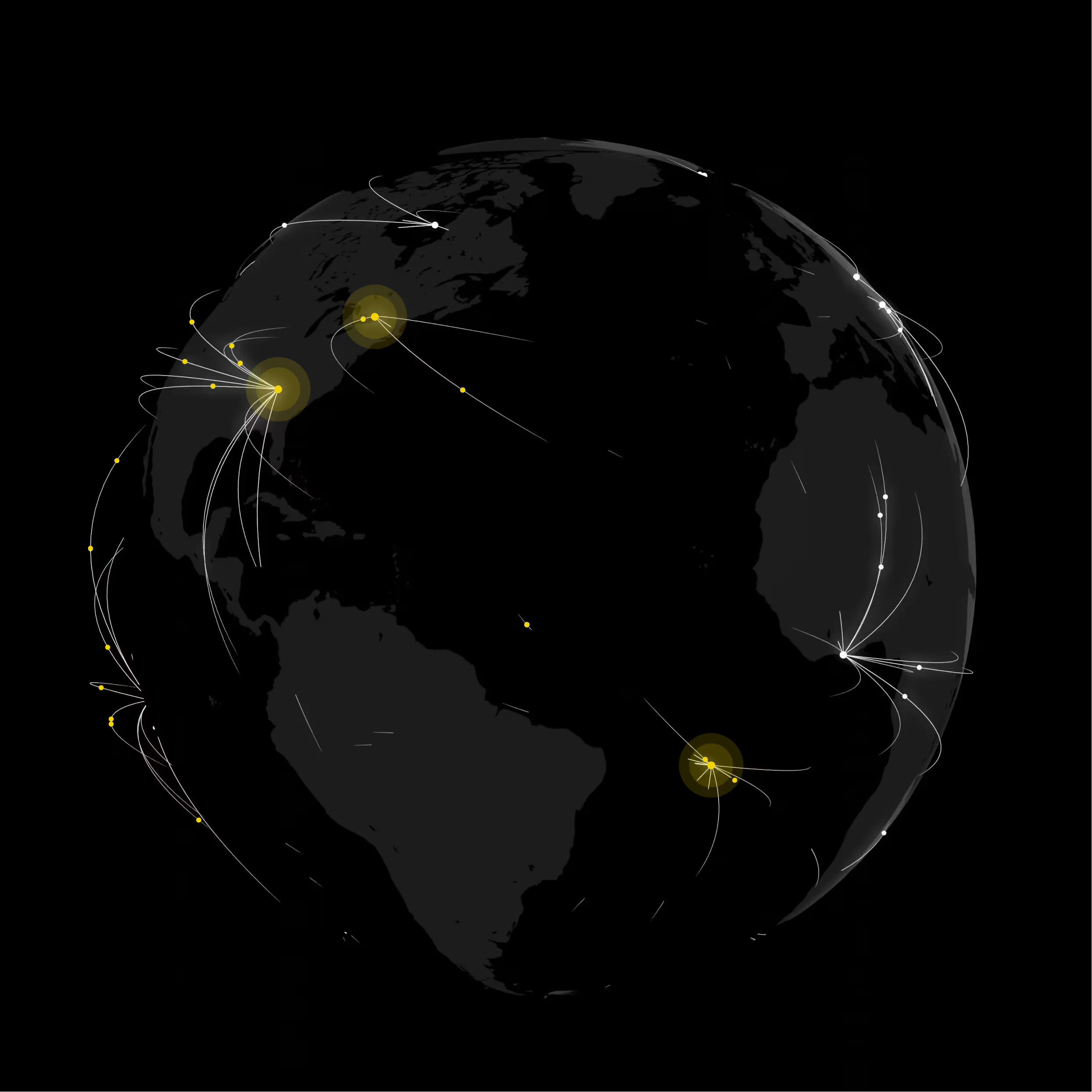Executive protection with international travel risk assessment
Quickly identify threats and make data-backed security recommendations to protect traveling executives anywhere in the world.
Overview
Security directors and corporate security teams face significant challenges when planning executive travel to unfamiliar or high-risk locations. Traditional approaches often rely on outdated information, generic travel advisories, or costly third-party assessments that lack granular, neighborhood-level insights. Base Operations transforms this process with a data-driven approach that empowers security teams to conduct detailed threat assessments, identify specific risks relevant to executive protection, and develop targeted recommendations that enhance safety without unnecessarily restricting business activities.
This use case shows you how to:
- Replace generic travel advisories with location-specific, time-based threat intelligence
- Identify and quantify specific risks that impact executive protection scenarios
- Justify security recommendations with data-backed insights and visual evidence
- Reduce the cost and time required for comprehensive pre-travel assessments
- Increase executive compliance with security protocols through credible, targeted recommendations
Try our interactive demo for this use case above or watch our video walkthrough below.
Use Case Walkthrough: Mexico City Executive Travel Itinerary
1. City-Level Baseline Assessment
Begin with a city overview to understand common threats in your destination. For Mexico City, the platform immediately identifies prevalent executive protection concerns:
- Common incidents: fraud, harassment, nonviolent theft, vehicle theft, and robbery
- Timing patterns: violent crime peaks in evening hours while property crime concentrates in morning and evening
- Historical trends: consistent patterns over 12-month and five-year periods with minimal seasonal variation
2. Location-Specific Analysis
Drill down to the specific locations on your executive's itinerary:
- Filter for executive protection-relevant threats (violent crime, vehicle theft)
- Quickly identify which meeting locations fall in high-risk versus low-risk areas
- View precise incident counts by neighborhood (e.g., 76 robberies, 42 harassment incidents in the past year)
- See time-of-day breakdowns showing when risk increases (10-15% higher likelihood of violent crime after 8 PM)
- Use heat maps to pinpoint threat concentrations within 0.2 miles of meeting locations
3. Civil Unrest Evaluation
Assess potential travel disruptions beyond conventional crime:
- Toggle between threat categories to evaluate protest activities and more serious incidents
- Expand your radius to understand patterns across the operational area
- Access details on actor groups, event specifics, and attribution data for each incident
- Identify patterns to inform contingency planning
4. Create Targeted Recommendations
Develop specific, data-backed security measures:
- Recommend private transportation for evening meetings in higher-risk areas
- Schedule activities with awareness of time-based risk patterns
- Brief executives with visual evidence that justifies precautions
- Focus resources on verified threats rather than perceived risks
Impact
Security directors transform generic travel advisories into precise protection strategies that executives actually follow. The platform's visual context and specific data points help justify necessary precautions while avoiding excessive restrictions, ensuring both productivity and safety during international travel.












